Top 10 New Trends in Augmented Reality(AR) for 2022: A Vision of Immersion
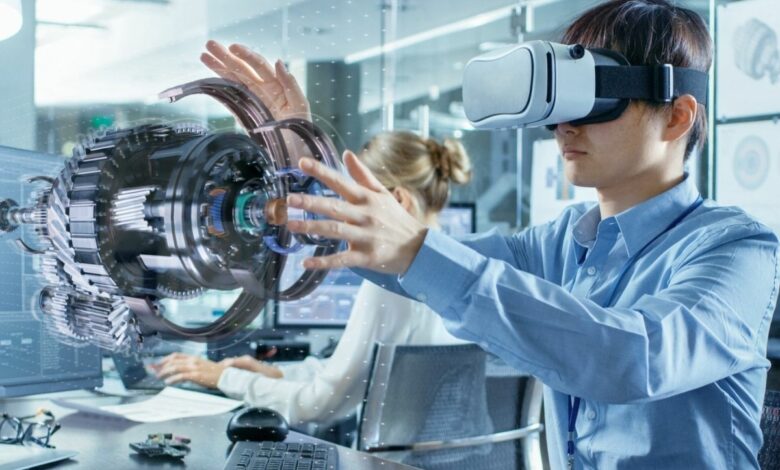
The use of augmented reality technology has proved to be one of the best ways for businesses to find new ways to grow worldwide. Many people think the AR market will be worth $198 billion by 2025. This year, there will be 3.5 billion people who use mobile AR.
There is a lot of room for AR experiences in many industries because there is much room for them. There will also be more efficiency at work because of better technology. Let’s look at some of the augmented reality trends that will be important in 2022. 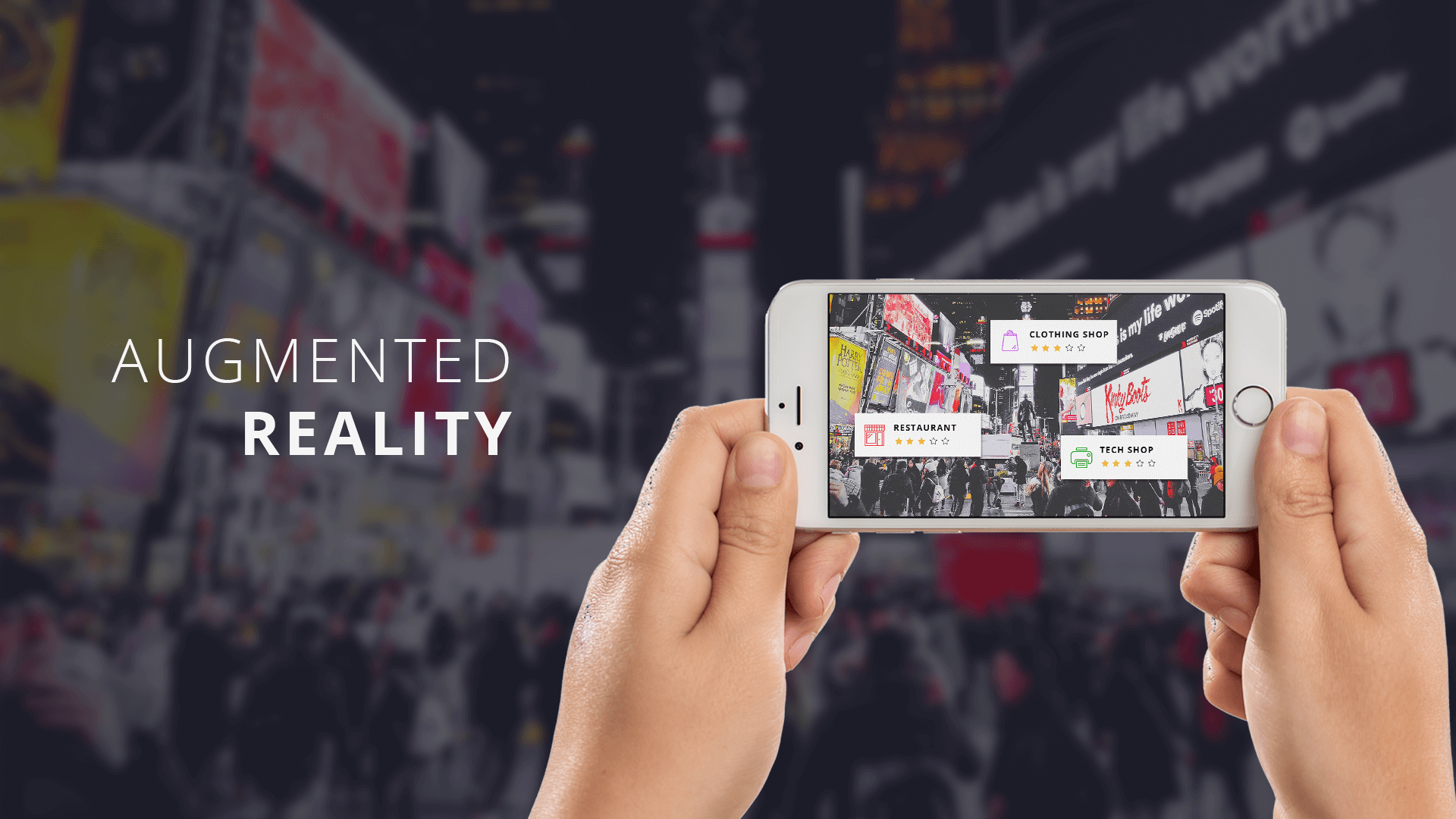
Trend #1: Mobile Augmented Reality Is Getting Better.
Mobile augmented reality has a lot of clear advantages that make it the focus of a lot of attention from people interested in this kind of tech. Many people already have a phone that can do AR, so there’s no need for them to buy a big and pricey headset. Because mobile devices are so small and easy to move around, they can be brought into just about any room.
APPLE ARKIT 5 is coming out soon.
The most recent version of Apple’s open-source mobile augmented reality development toolset, ARKit 5, has more features than ARKit 4. Some of the most significant changes include more support for location anchors, better motion tracking, better face tracking in the ultra-wide camera on the 5th generation iPad Pro, and better face tracking. App Clip Codes can also make AR experiences that can be started with a quick scan of the code.
Since ARKit 4 came out, location anchors have been getting better. Location anchors make AR-based navigation more efficient. This lets app developers put virtual objects on the screen that have specific latitude, longitude, and altitude positions based on the roles of real-world objects.
This lets them do this. To show a three-dimensional icon or text in the space next to a famous building, location anchors could use them. People in London and other cities in the United States now have access to this feature thanks to the new ARKit 5 app.
It now works on all devices with the A12 Bionic chip and later, even if they don’t have a True Depth Camera, like the iPhone SE. This means you can reach even more people. Face tracking is also possible with the Ultra-Wide camera in the new iPad Pro (5th generation).
This feature lets you track up to three faces at the same time.
App Clip Codes are QR code-like images that can be scanned to start a small part of an app. They can be used to create a small amount of an app. Apple has added this feature to its ARKit software, which means that augmented reality experiences can be started up from anywhere without downloading extra software.
ARCORE
ARCore is the Android version of ARKit, and it gives developers the open-source native tools they need to make augmented reality apps for Android devices. Thought to be a little more complex than ARKit because Android has a lot of different hardware that needs to be taken into account. Because of this, some Android features may not work with all of them.
This year, Google added a few new things to ARCore, like recording and playback APIs, to make it even better. These tools allow developers to record video footage with information about AR.
There is a video on Internet that shows how developers can use depth and IMU sensor data to make the same environment and use it for more testing. This means that developers can now more easily test their software in different places.
Recording and playback API isn’t just good for developers, and it’s also suitable for people who use the app. This technology makes it possible for people to record video and then apply AR effects to it later because video can have information about the environment that can be found in the video.
In this game, ARKIT and ARCORE are going head to head.
ARkit and ARcore aren’t as clear cut as you might think they are in the battle between them. ARKit looks like it has the best compatibility between software and hardware because Apple is in charge of its devices. Some people don’t have an iPhone or iPad.
ARCore is just as important to work on because it makes it easier to use. Including as many Android users as possible is essential to stay in the game. Even though support isn’t guaranteed for every Android device because of different hardware, it’s necessary to remain competitive.
Features in 2022 that are related to AR and VR, such as ARkit and ARCore
The technology behind these two frameworks is almost the same in terms of how well they work. For example, the two technologies use the same methods for things like scene detection, but they are very different in hardware.
Trend #2: Using GPS in both indoor and outdoor navigation
In 2022, AR navigation has become more fluid and accessible than ever before, making it easier and more fun than ever to get around. When Bluetooth Low Energy antennas, Wi-Fi RTT, and ultra-wideband (UWB) technologies came out, it was easier for people to find their way inside than it was in the past.
One of the most valuable things this technology can do is show directions in places like distribution centres, shopping malls, and airports that are very big inside.
One thing not to forget is that people and businesses can use this technology. If you’re at a store, you might use AR indoor navigation to find what you’re looking for. The same thing might happen at a distribution centre. If you want to use AR in your business, but you don’t yet have comfortable and cheap glasses.
Businesses can use AR in distribution centres, stores, and other places is already there, though. One of the best-known manufacturers, Zebra, makes ARCore-ready mobile enterprise devices like the TC52, TC57, and TC77. These are Android-powered phones with barcode scanners meant to be used at work.
With indoor navigation, services like buy online pick up in-store (BOPIS) can be a lot more time-saving and easy. It’s easier to use AR directions for people who have to “pick” items from a store for order than follow coordinate directions.
This saves time by not looking through similar things and finding the right aisle and section of the store. Only one person has to hold up their phone and look at what the screen says.
There are some things to keep in mind, like things that have been lost around the store. It’s possible that they were moved by guests or logged into the system incorrectly. The team member could then use AR navigation on their device to get to an empty spot on a shelf.
Trend #3:Health care and Augmented Reality
According to Deloitte Research, augmented reality and AI will change the way healthcare businesses work. AR/MR-enabled hands-free solutions and AI-based diagnostic tools will make the traditional business model obsolete. A surgeon can get information from Microsoft Hololens 2 while still using both hands to do the job, like when they do surgery.
It’s becoming more and more critical to use augmented reality solutions to deal with the complexity of remote patient support and how much more work hospitals have to do. This includes telesurgery solutions and apps that help people keep their emotions in check during these challenging times.
As more people use telemedicine, AR technology can also help. Features like drawing and annotating on the 3D screen can make it easier for doctors and patients to communicate and understand each other better. Remote assistance tools can also help clinicians help their patients while cutting down on downtime.
AR technology can be an excellent way to find diseases quickly using machine learning algorithms. Back in 2020, Google said it was working on an AR-based microscope for the Department of Defense (DoD) that could help improve cancer diagnosis and treatment.
Such a hybrid device has a camera that captures images in real-time, which are then processed by computer diagnostics to show results right away and diagnose diseases at an early stage.
According to research site Research Dive, AR in the healthcare market is expected to make $1,918.6 million worldwide by 2026.
Trend #4: Augmented Reality Shopping Experiences
Augmented reality has a lot of uses in the retail industry. One of these opportunities that are being used now is store mapping. Users can use augmented reality to help them find the item they need in a store by following on-screen directions.
Dent Reality is one of the companies making AR mapping systems for stores, like this one. They just have to hold their phone up and follow the augmented reality directions through the aisles to get to their desired item.
However, in 2022, AR in retail won’t just help people find their way around; it can even help people shop in stores and at home. AR-based marketing materials, for example, can make your audience more interested and make them more likely to buy.
At MobiDev, a demo was made that shows how augmented reality business cards can make people buy your products and services by letting them interact with them.
Augmented reality is also very good at letting people “test” products before buying them. IKEA and Target already made apps that let people use AR to see how furniture will fit in their homes.
It’s also becoming more common for stores like Target, Sephora and many others to let customers try on makeup, glasses, and even other types of clothing like shoes. This can be done in a store or at home. As AR technology improves, people’s comfort levels will only get better.
As mobile virtual fitting room technology improves, so do intelligent mirrors in stores. Topshop used Xbox Kinect cameras in 2011, and they made virtual mirrors that could be seen in 3D. It was a great example of how it could be used in the future, with better graphics and processing, but it was also a great start.
During the year 2021, Fortune Business Insights said that the virtual fitting room market was worth $3.5 billion. It is expected to grow to $12.97 billion by 2028, worth more than $12 billion. 
Trend #5: Augmented Reality and Remote Help
Augmented reality can make people’s lives better when they need help or want to learn. Owl Labs says that by 2020, almost 70% of full-time workers in the United States will be able to work from home.
With video conferencing being the lifeblood of telework, there are a lot of problems. How can we make up for the lost context and benefits when we don’t meet in the real world?
It’s hard to understand what’s going on when we use video conferencing because we don’t have as much context as we would in three-dimensional space. This can hurt jobs like IT technical support, and people who work in IT can only suggest ways to solve problems on their own before people bring their devices into the office for repairs. 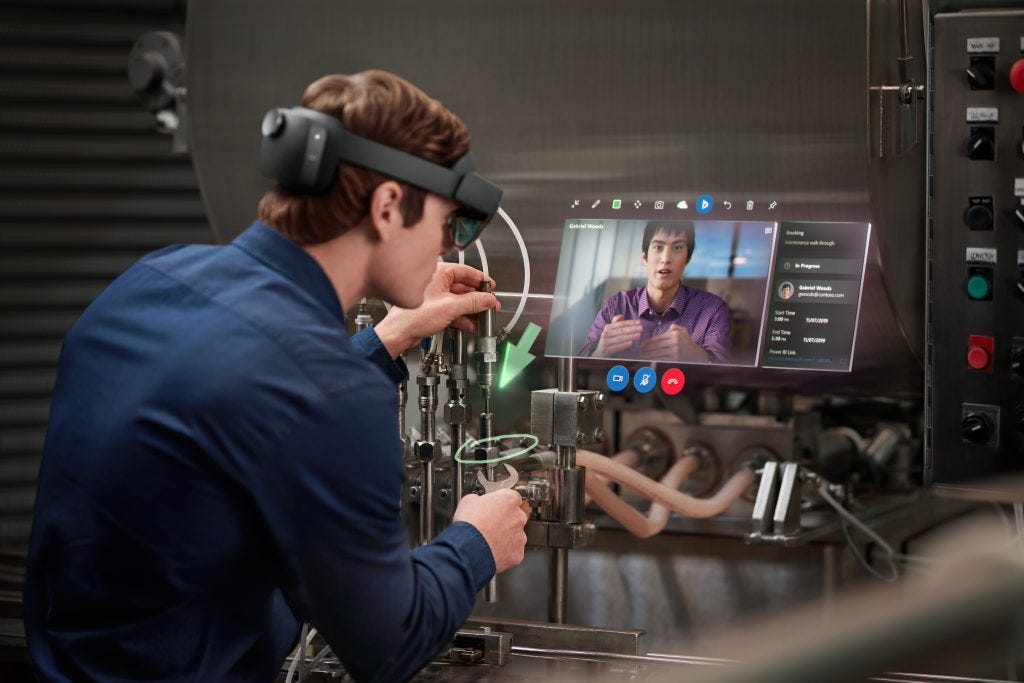
AR IN USE: 3D VIDEO CALL ASSISTANCE.
Augmented reality software can help at least partially bring back some of the lost space in the conversation. AR can help IT technicians show users how to do things with 3D on-screen directions, which can help them. IT technicians can draw on the screen as the customer holds their smartphone camera up to their computer to fix it, and they can point out things that the customer should look at.
WebRTC can be used to make things like this happen. People can connect and see the same AR experience through this peer-to-peer connection, so both people can see the same thing. This is very important to make sure that the video is sent in real-time and doesn’t strain the server. 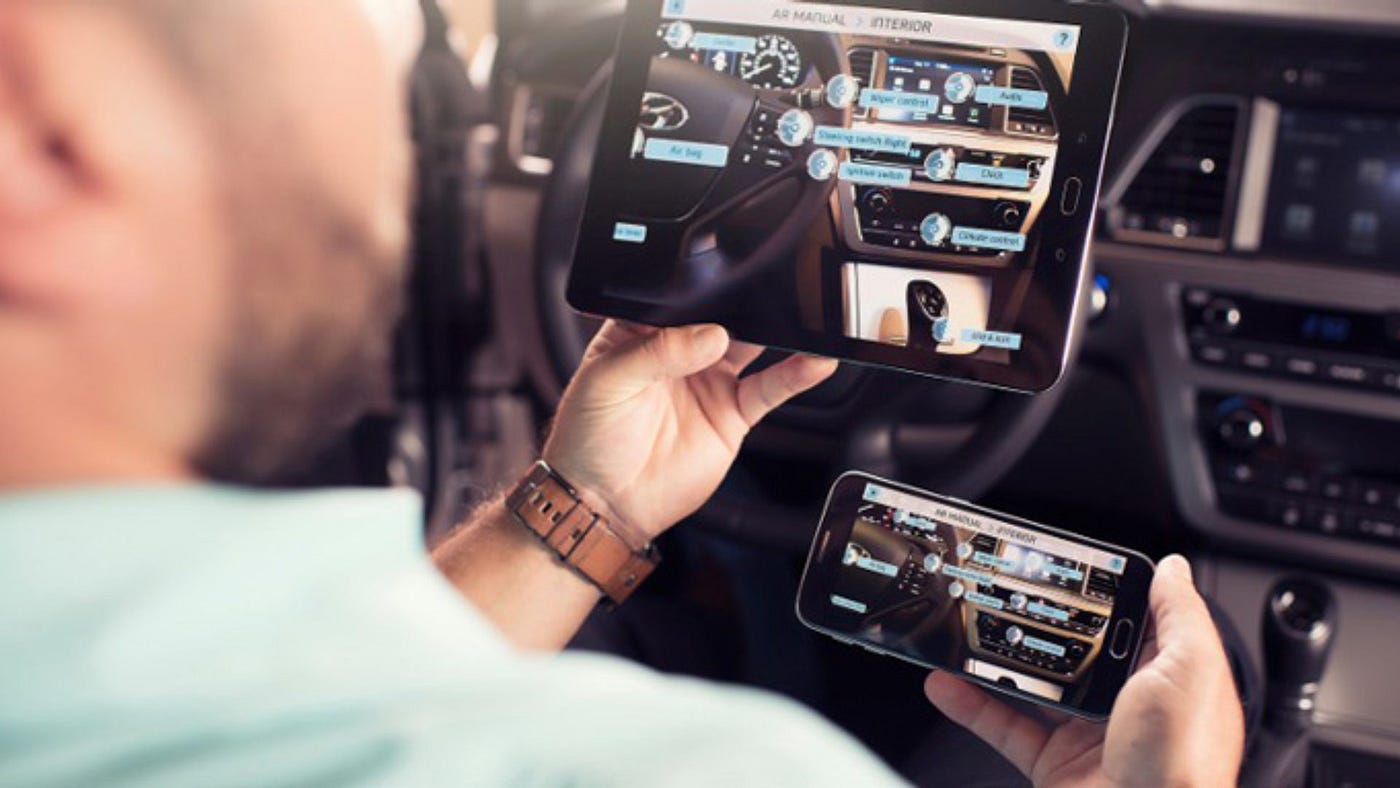
AR IN USE: VIRTUAL MANUALS
Virtual manuals are an excellent way to make people more satisfied with their products and better understand how they work.
This is a little different from telework, and it also has a lot of uses in the classroom. AR guides can identify objects and tell the user how they work with object recognition. This can be very useful for consumer electronics, car interiors, and more. 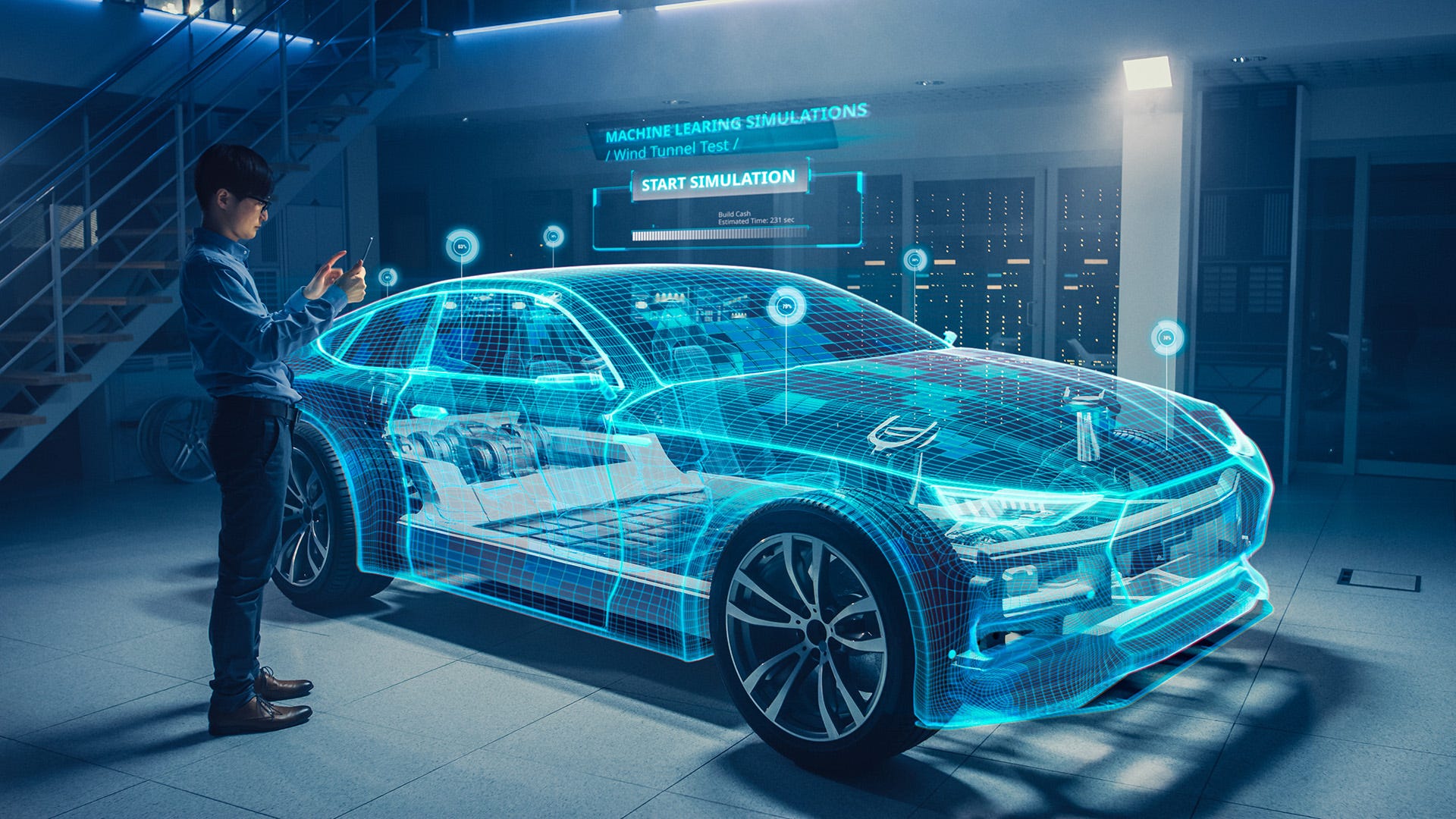
Trend #6: Augmented Reality in Automotive Industries
AR technology has had a considerable impact on the safety and usability of cars. Tesla Motors has shown how AR can be used on the road. Even though they haven’t used headsets to make it work, they have used almost the same technology to make it work.
With the Full Self-Driving Beta now on the road and used by many people, drivers can see how the vehicle’s cameras use object detection and scene analysis to keep an eye on the world around them. Results of this powerful system are shown on the car’s display, and it shows the car’s position in space and how it relates to the many things around it.
A HEADS-UP DIGITAL WINDOW
However, there are other ways that AR could help drivers. It could help give drivers a heads-up display (HUD) through a headset so that they can get safety information without blocking their field of view.
With eye-tracking, this kind of system and other systems that don’t use headsets can help drivers stay focused on the road by giving them audio reminders about what they need to do.
For a proof-of-concept AR driver’s education system, the Volvo Varjo XR-1 headset is used. It helps drivers learn how to react defensively when obstacles appear on the road, but without risk the object being there in real life!
SALES THAT ARE DONE Automatically
If you use AR to sell a car, you can use it even when you’re at home. This is just like how it works in other places. Similar to putting IKEA furniture in their living room with AR, one can also make a 3D model of a car in their driveway with their smartphone.
This is the same thing. The customer can look at the size and details of the car and even see it move around. It’s also possible for the user to change the car’s colour to see which colour they’d like when they buy it. 
Trend #7: AR Glasses, are they real or just a myth?
These glasses and headsets have an exciting reputation. People think that these are the future of AR technology. They’ve already tried them out in real-world applications but haven’t yet become popular. If they’ve set up shop anywhere, it has been for enterprise and business solutions so far.
If you buy Microsoft’s HoloLens 2 mixed reality headset, you won’t be able to buy one for yourself. It’s used by the military and medical professionals for surgeries and training. The Synthetic Training Environment (STE) used by the US Army includes AR and VR to make soldiers feel like they’re in an actual situation and help them practise. Australian aircraft technicians are now using Microsoft HoloLens with software made by Boeing to keep planes in good shape.
They are also too big for people who don’t work in businesses to use, and the failure of Google Glass for people shows that we still have a long way to go before we can make AR glasses that are light and easy to wear. Eight years ago, Google Glass came out, and there are still many ways to go.
Google Glass Enterprise Edition 2 is used by many businesses, like DHL, to help them with order fulfilment. They also make AR glasses, but there isn’t much information about a pair of glasses that are easy to use, cheap, and look normal. It’s also expected that the market for this technology will grow from $822 million to $13.4 billion by 2024.
Trend #8:The Metaverse, Live Events, and Social Changes
When Facebook renamed itself to Meta, it took the Internet by storm. However, the idea of the metaverse and how digital communication can change when it comes to extended reality space has been around for a long time.
The term came from Neal Stephenson’s 1992 science fiction novel, Snow Crash. It may be a prediction of what will happen when big corporations take more and more control over people’s lives.
It’s essential to be wary of the effects of this shift in the market toward more digital and virtual reality spaces. Still, this technology can be very beneficial in the long run and give businesses a significant advantage in many industries.
Even though the metaverse is mostly about VR spaces, the movement is likely to change how AR is used in business and consumer settings. 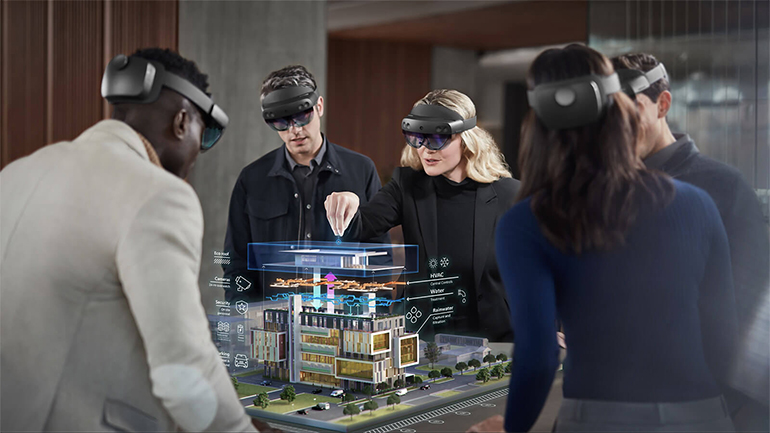
MEETINGS THAT USE AR
One of the main things Meta said when it changed its name was using “metaverse” technology to make teleconferences and hybrid meetings better. The goal of this is to break down the walls of traditional Zoom video conferencing and bring the third dimension back into the conversation and human expression and inclusiveness back into the conversation.
Microsoft Mesh is a project that works with HoloLens to make it easier for people to have hybrid meetings that can use both VR and AR. Cartoon avatars or floating boxes with video cameras let people see other people teleconferencing in 3D space.
WEB AR: Better access to AR features comes with a trade-off, but it’s worth it.
Web AR is a new trend that makes it easier for people to use AR features. This has been used for many different things, like virtual job fairs, animated business cards, and sporting events. By running an AR experience inside a mobile device’s browser, the user doesn’t need to download extra apps.
However, this comes at a price. In web AR, you can’t use all of the device’s features, which means that web AR is not very good or very useful. For more advanced use of AR, we suggest that you take a more native approach.
Even though there are a lot of WebAR-capable mobile devices out there, very few people use them. 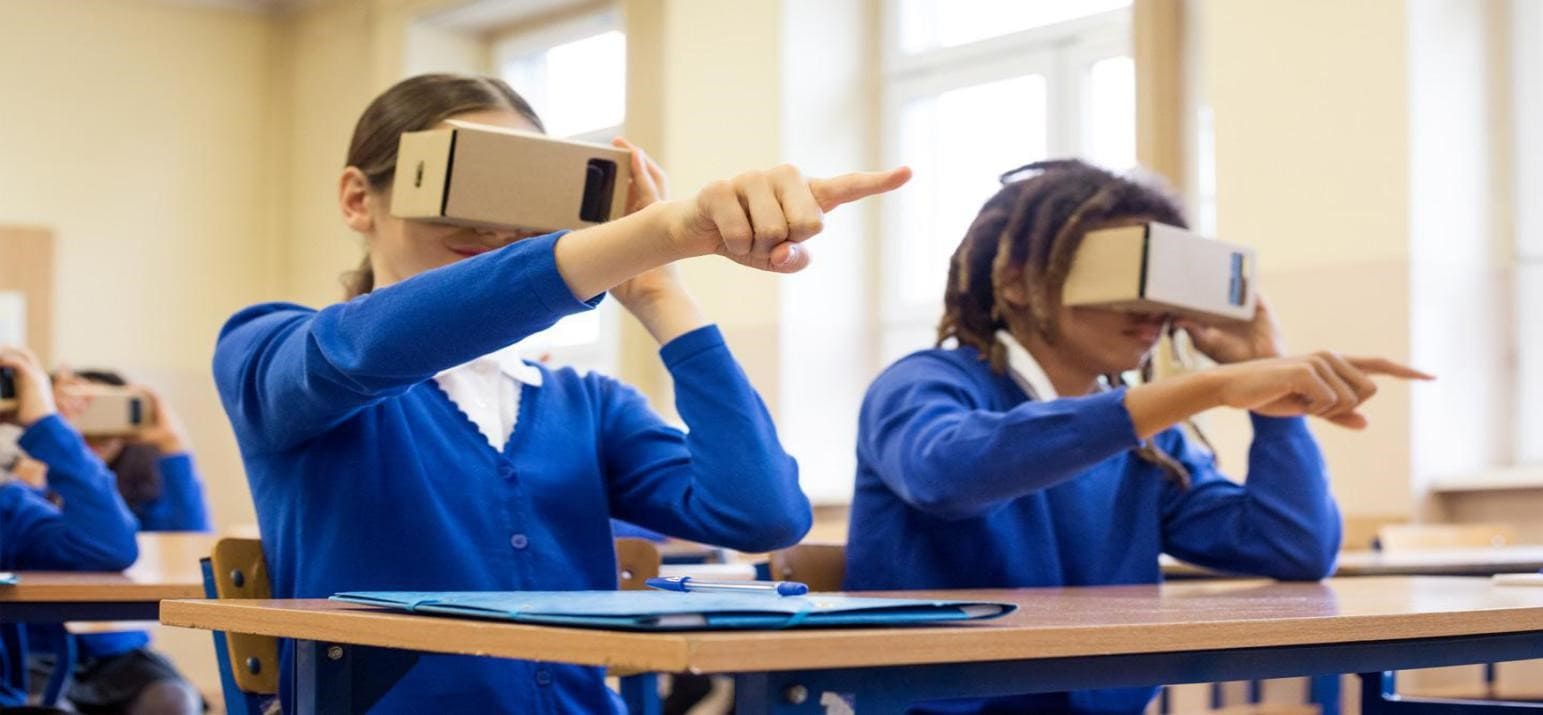
Trend #9: Using AR in the classroom
The AR guides in this article have already discussed how AR can be used in the classroom. With the COVID-19 pandemic affecting many schools, there has been a lot more interest in new ideas in this field. Wikitude and other teams have made apps like Ai and R-Cord to help elementary school students learn concepts through AR experiences. This isn’t the only example.
AR in education makes information easier to understand and lets teachers use technology to show virtual examples and make learning fun. This makes students more excited about the class and speeds up learning the materials.
To help students understand complex compounds in chemistry, you can use the Chem101 AR app. Students can use unique cards to change molecular structures and get real-time information about them.
Some augmented reality apps can also give students access to unique learning environments that are difficult or dangerous to experience in real life if they don’t know how to prepare. Medical students can learn about the human body through AR and 3D models on some apps, and they can also try out surgeries.
The use of AR can also be used for employee training and in the classroom. Use this technology to train your employees safely at a lower cost and more efficiency. AR apps let an employee read about how something works and do things to learn how to do it. Siemens and Japan Airlines have already done this.
AR has a good chance of becoming more popular in the education market in the next few years, but it’s uncertain. Virtual reality is more expensive than augmented reality, but it still has benefits.
All students need is an Internet connection, a smartphone or tablet, and apps that use augmented reality to help them learn. There is no need to spend a lot of money on things like a virtual reality headset. According to Statista, 83.96 per cent of the world’s population owns a smartphone, making it easier for people to use AR.
Fact.MR predicts that AR in the education market will grow exponentially over the next few years, to $85 billion by 2031.
Trend #10: Getting better mobile AR hardware and LiDAR
One of the most common trends in the augmented reality industry is to improve the hardware on mobile devices. Apple’s famous LiDAR sensor is on the iPhone 12 Pro, 12 Pro Max, 13 Pro, and 13 Pro phones, as well as the iPad Pro.
Using lasers that shoot in the infrared, phones like Apple’s can figure out the depth of a scene with more precision than ever before. This can analyze AR scenes better than ever before.
With the help of a flash-based scanner less LiDAR, some Android phones also use this type of tech. Samsung’s DepthVision uses a single flash of infrared light to look at the scene’s depth.
Then, a 3D map of the scene can be made. Apple, on the other hand, has a system that scans LiDAR. This uses the time of flight (TOF) and scans an area with different IR pulses in different parts of the scene.
Apple and Android devices are about the same when delivering AR experiences to people. However, right now, it’s essential to think about how accessible the site is.
LiDAR hardware is only available on high-end Apple products and Android devices, which means that most people who use AR will only get a certain level of quality. To stay relevant in 2022, you must make apps that keep this in mind when you’re making them. 
Augmented reality is going to be a big thing in the future
It can’t be denied that augmented reality has a lot of potential because the AR industry is still going up in the market. Importantly, it’s clear that AR has a lot more impact than just games. It is now used in a lot of different industries
In 2022, the future of augmented reality will look very different.
Gaming still makes the most money and is still a big part of the AR industry, but practical applications like healthcare, engineering, and sales will keep growing.
AR solutions will also help people find their way around real estate and corporate campuses. As the “metaverse” trend grows, more telework and virtual meetings will be mixed with AR technology, which will speed up AR’s use in these situations. Please let us know if you have any ideas about using these trends in your business.
edited and proofread by nikita sharma




